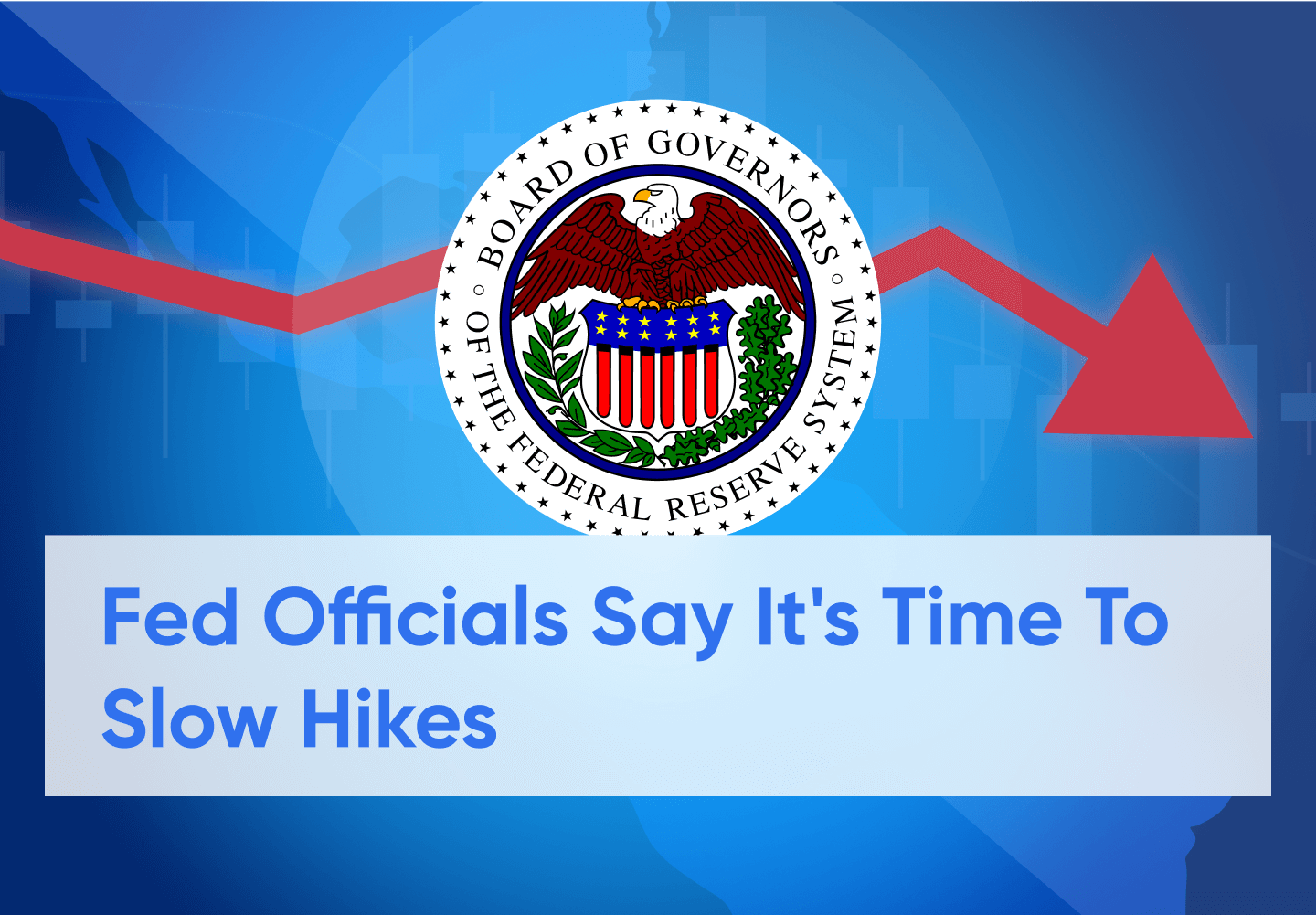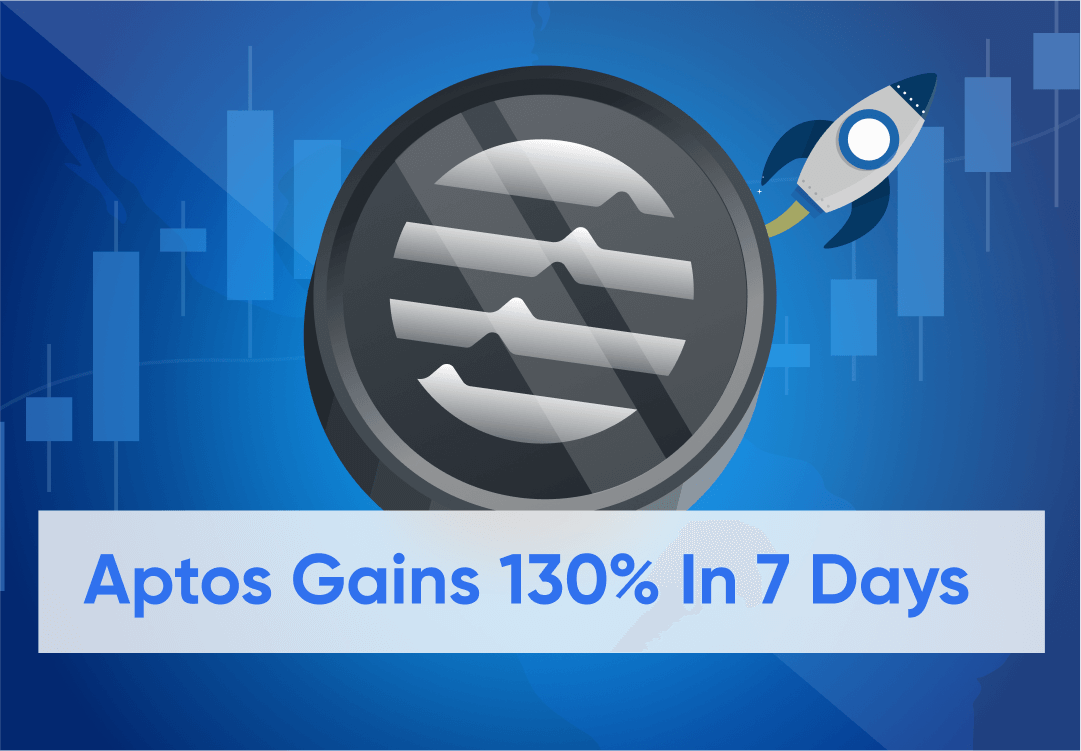The minutes of the Fed meeting on November 2 had just been revealed. For some reason, this Fed minutes release had been more highly anticipated than previous ones, because on the day of the meeting, the press statement and comments made by Fed Chair Powell were starkly different. The press statement was rather dovish but Powell was very hawkish in his speech at the press conference, which resulted in a big two-way swing in the markets as both longs and shorts were caught on the wrong side that day. With the memory of that day still vivid, traders were especially on edge for these minutes since what was recorded would reveal a great deal about what Fed officials truly plan to do in the coming months.
Minutes Confirmed That the Fed Would Slow Hikes
And it turned out that the dovish press statement was the overriding opinion - the minutes revealed what many market participants were hoping for, that the Fed would be slowing down its pace of hikes and take into consideration the impact of previous hikes on inflation and the economy before deciding if and how much to hike in its upcoming meetings.
The exact words in the minutes read, "A number of participants observed that, as monetary policy approached a stance that was sufficiently restrictive to achieve the Committee's goals, it would become appropriate to slow the pace of increase in the target range for the federal funds rate. In addition, a substantial majority of participants judged that a slowing in the pace of increase would likely soon be appropriate."
The phrasing of the minutes effectively throws the possibility of a 75-bps rate hike in the upcoming December 13-14 meeting out of the window, while making further rate increases dependent on data in the coming months. Traders are now confident in only a 50-bps rate hike in December instead, while bets for a pause early next year are increasing because of the usage of the phrase “monetary policy approached a stance that was sufficiently restrictive to achieve the Committee's goals” in the minutes. Traders have traditionally pored through each word of the Fed minutes to get hints of what is to come, and this time was no different.
Officials of the central bank were also revealed to be acknowledging early signs of progress against inflation as financial conditions tighten and the economy cools. In particular, they noted that some of the most interest rate sensitive sectors, including the housing market, have begun to slow. Taking into account the time lag it takes for monetary policy work to pass through the economy, most Fed officials are getting concerned about tightening too fast after four 75-bps hikes in the last year. Several participants also felt that continued rapid policy tightening would increase the risk of instability or dislocations in the financial system.
The Not So Good News
Despite agreeing to slow the pace of rate hikes, Fed officials however noted that the high and persistent inflation that is still way higher than their target inflation rate of 2% suggests that the terminal fed fund rates will likely settle at levels somewhat higher than they had previously expected, which means that rates are going to be higher than what most experts anticipate. Officials thought that purposefully moving to a more restrictive policy stance was a prudent risk management move, given the current high inflation rate and upside risk to inflation, as recent data on inflation provided very few signs that inflation pressures were abating, even though the increases were not as drastic as before.
This seems to echo what Powell said at the press conference after the same meeting earlier this month, which was viewed as hawkish by market participants then. At the time, Powell laid the groundwork to begin slowing down the pace of rate hikes, but said the question of when to moderate the size of increases is less important than how high the central bank will ultimately raise rates to tame inflation, repeatedly emphasizing the need to meet their objective of taking inflation rate back down to their target rate of 2%.
This means that while the magnitude of rate hikes going forward is to be reduced, rates are still going to be increasing to a level much higher than the market expects, which is not all that dovish in our opinion. The markets could simply be only paying attention to what they want to hear instead of taking the contents of the minutes in its entirety.
At the last projection in the September meeting, the Fed’s projection of where rates would finally settle was projected to be 4.6%. The Fed will be due to release new projections at its December policy meeting, and this rate is expected to be much higher now.
What Some Fed Officials Have Been Saying Recently
While taking a deep study into what the Fed minutes could imply is important, they are ultimately outdated information that was conveyed more than two weeks ago. What is even more important is to get an idea of what Fed officials are thinking now and into the December 14 meeting. One way to gauge this sentiment is to see what Fed officials have been saying in the most recent interviews.
Over the past week, several Fed officials have been going on air to give their views on monetary policies. These include Fed Governor Christopher Waller who said last week that recent inflation data has made him more comfortable with the idea of raising rates by only 50-bps instead of 75-bps at the central bank’s December meeting.
Cleveland Fed President Loretta Mester too, echoed Waller's comments in an interview this week, saying that the Fed can likely slow down from its current pace of rate increases at its December meeting.
Not every official is as dovish though, as some Fed members are still leaving a 75-bps hike a possibility. San Francisco Fed President Mary Daly said on Monday that it is still premature to take another 75-bps rate hike off the table if forthcoming inflation reports come in hot. Daly could be referring to the core PCE index, which is the main index that the Fed looks at to determine inflation, to be released on December 1, before she makes up her mind about how much to hike.
This could make the upcoming PCE data release on December 1 a keenly watched event. Markets will not only have to watch out for the PCE index release though, because the CPI index release for November will be out on December 13, just in time to make it for the first day of the Fed meeting. This means it could still factor into Fed officials' decisions, which could imply that the coast is not yet clear for lower hikes ahead - if that CPI comes in hotter-than-expected, the markets could dump. Hence, there is still risk that things could change and traders ought to be prudent and not get too far ahead of themselves even though the signs indeed are there that inflation is slowing.





